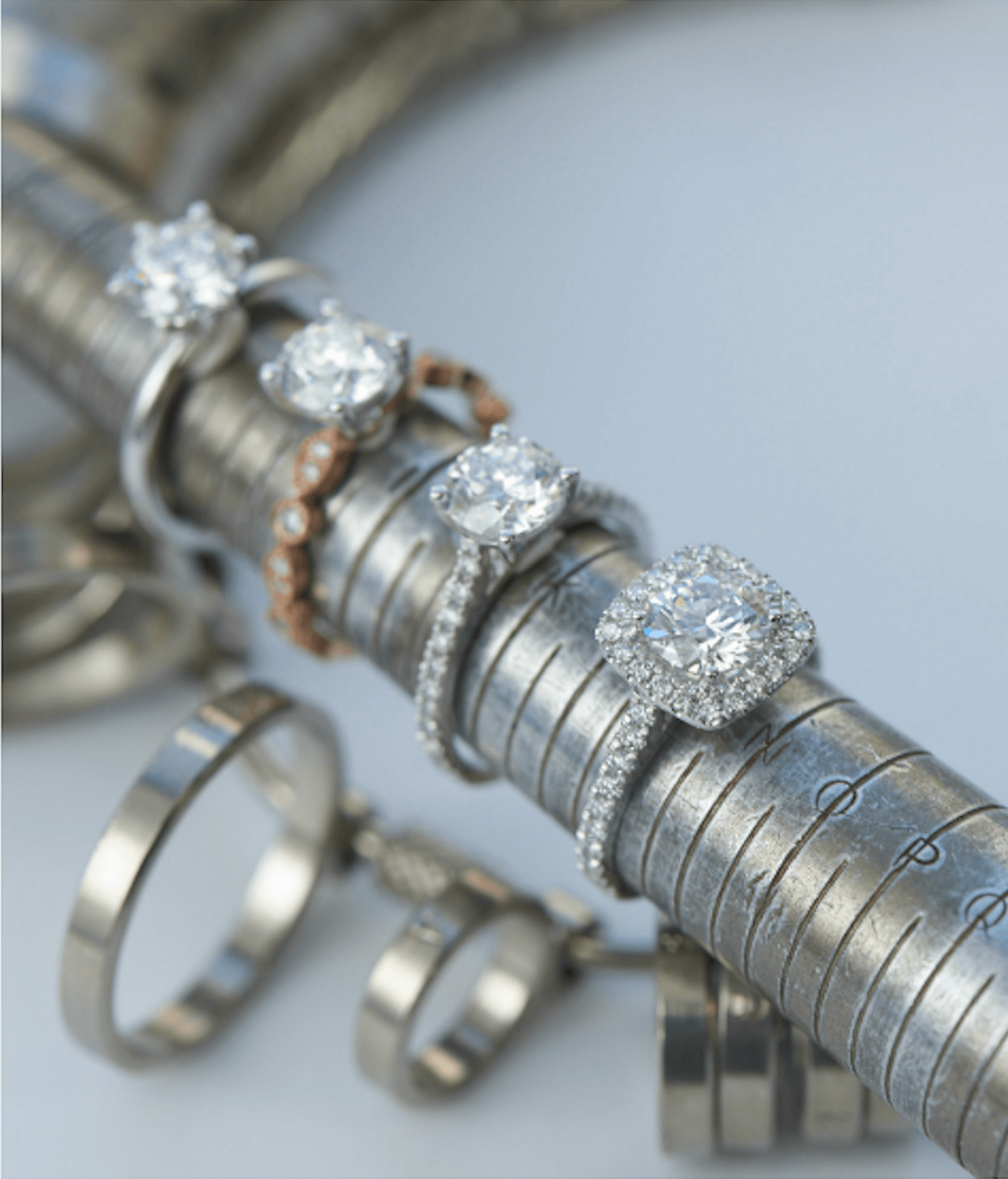Lab diamond rings claws are becoming increasingly popular, offering an ethical and eco-friendly alternative to traditional mined diamonds. One of the design elements that has gained traction with lab diamond rings is the use of “claws” to hold the diamonds in place. In this article, we’ll explore why lab diamonds are gaining in popularity, what “claws” are in jewelry, and how this combination makes for stunning and sustainable rings.
What Are Lab Diamond Rings?
Lab diamond rings feature diamonds that are grown in a laboratory setting rather than extracted from the earth. These diamonds are chemically, physically, and optically identical to mined diamonds, but they come with distinct benefits. They tend to be more affordable, and their creation has a much smaller environmental impact compared to traditional mining. In addition, lab diamonds often have fewer ethical concerns, as they aren’t linked to conflict zones or unethical labor practices.
Understanding the Claw Setting
The term “claws” in jewelry refers to the prongs that hold the diamond in place on a ring. These claws are a crucial design feature because they affect the overall look of the ring, as well as the security of the diamond. Claws can come in various shapes and numbers, with the most common being four or six prongs. Each style has its pros and cons, impacting both aesthetics and functionality.
- Four Claws: This is the classic look man made diamonds, offering a simple and elegant design. It allows more light to enter the diamond, enhancing its brilliance, but it may offer slightly less security than a six-claw setting.
- Six Claws: This setting provides more security for the diamond, reducing the risk of it coming loose. However, the extra prongs can obscure the stone’s view slightly.
Why Claw Settings are Popular with Lab Diamond Rings
Claw settings are especially popular with lab diamond rings because they provide a timeless look that suits a variety of styles. The simplicity of the claws complements the clarity and brilliance of lab diamonds, allowing them to stand out. Additionally, claw settings are versatile, suitable for a range of ring designs, from solitaires to multi-stone arrangements.
The beauty of lab diamond rings with claws is that you can find a setting to match your personal taste while still making an environmentally conscious choice. As more people prioritize sustainability in their purchasing decisions, the combination of lab diamonds and claw settings becomes increasingly attractive.
Customization and Personalization
One of the advantages of lab diamond rings with claw settings is the opportunity for customization. You can choose the type of metal for the band—whether it’s white gold, yellow gold, rose gold, or platinum—as well as the number and shape of the claws. This flexibility allows you to create a unique ring that reflects your style and personality.
Many jewelers who specialize in lab diamonds offer a range of customization options. You can work with a designer to create a bespoke ring or select from various preset designs, allowing you to find the perfect ring without compromising your values or budget.
Conclusion: The Future of Lab Diamond Rings
Lab diamond rings with claws are a modern, ethical, and beautiful choice for those seeking a timeless piece of jewelry. They offer the same brilliance and durability as mined diamonds without the environmental and ethical drawbacks. The claw setting provides a classic and versatile design, ensuring that your ring remains elegant and secure.
If you’re in the market for a diamond ring, consider the benefits of lab diamonds and the beauty of claw settings. With customization options and a commitment to sustainability, this combination represents the future of fine jewelry. It’s not just about owning a beautiful piece of jewelry; it’s about making a responsible choice that aligns with your values. Wouldn’t you want to wear a ring that tells a story of innovation and ethics?





